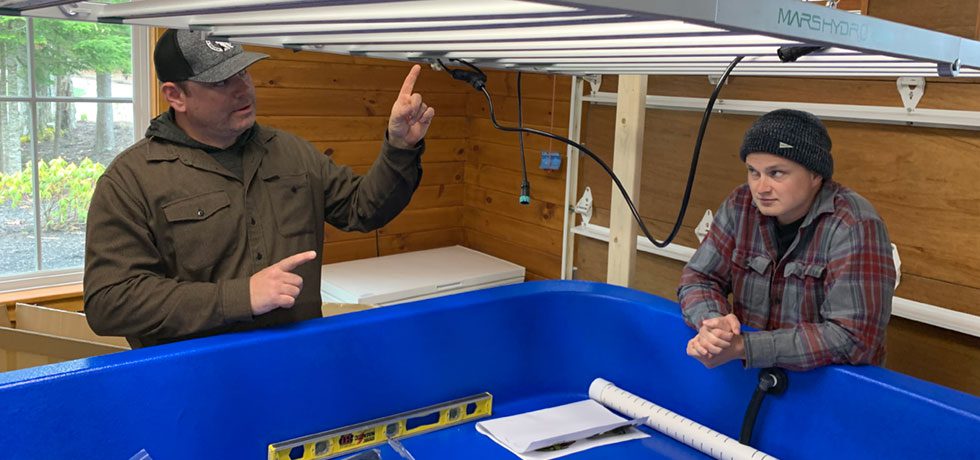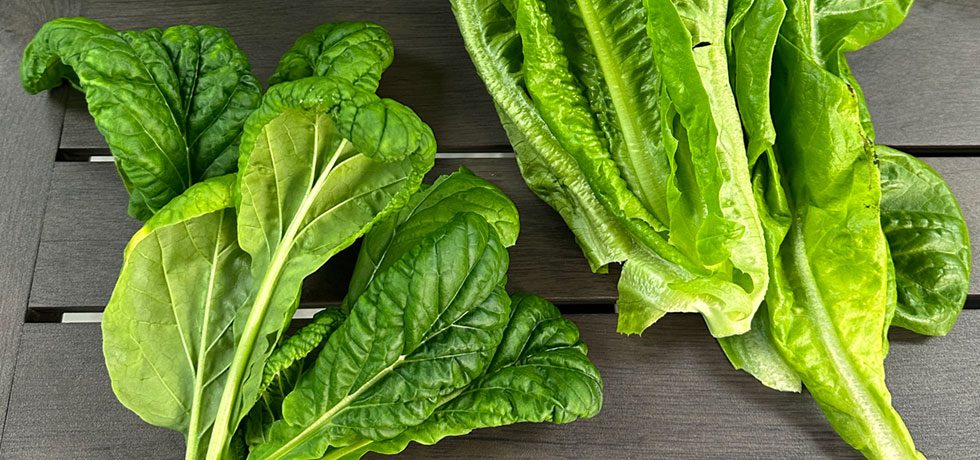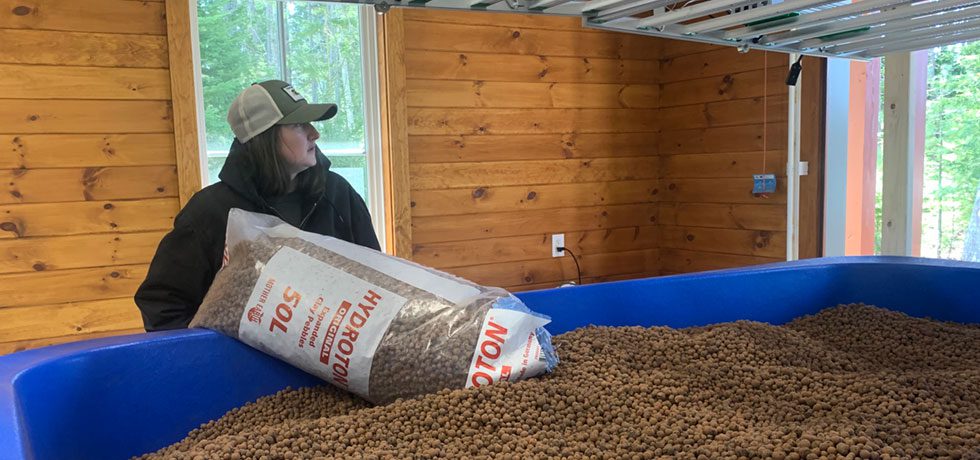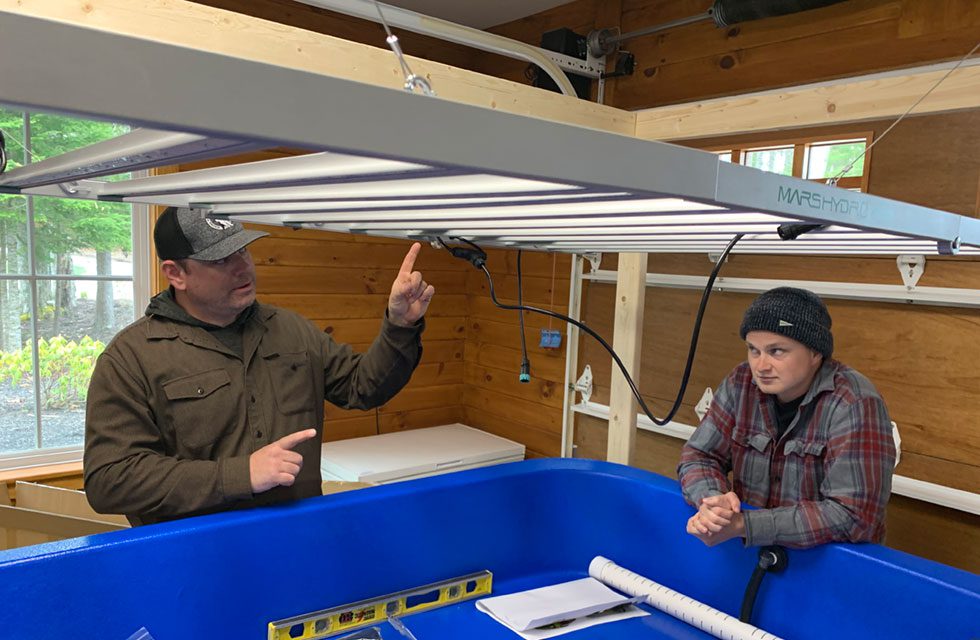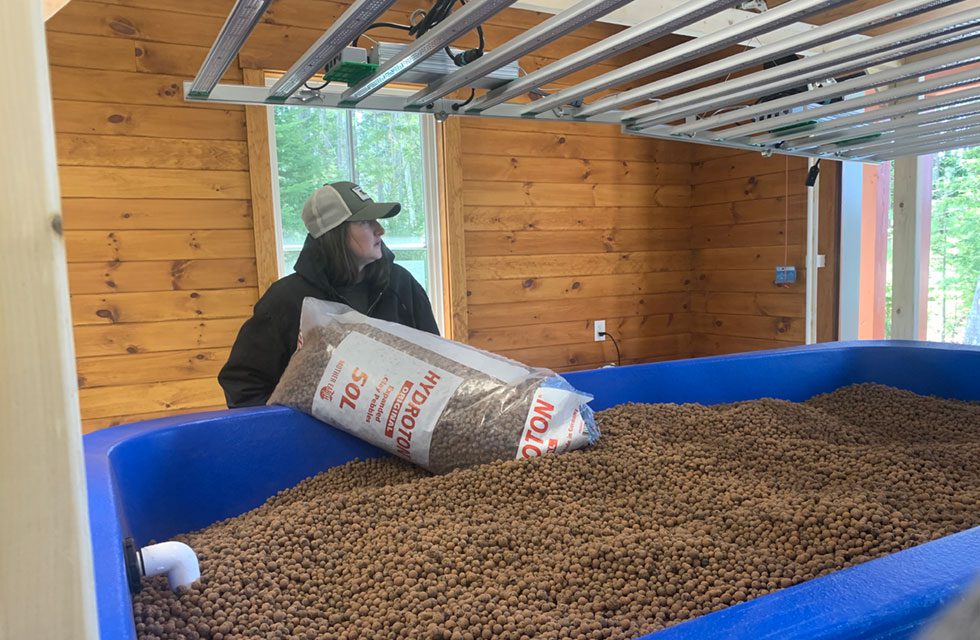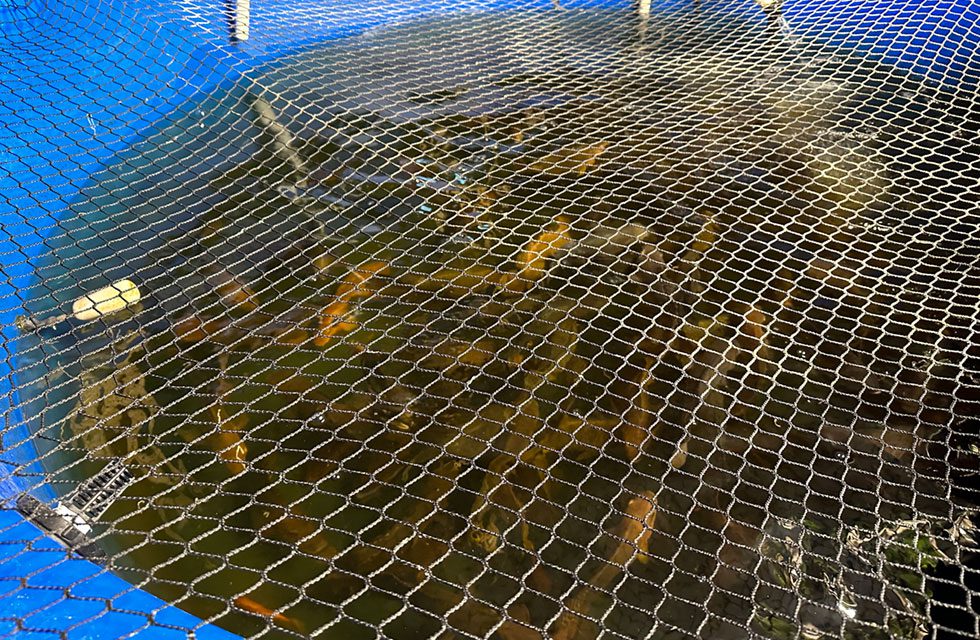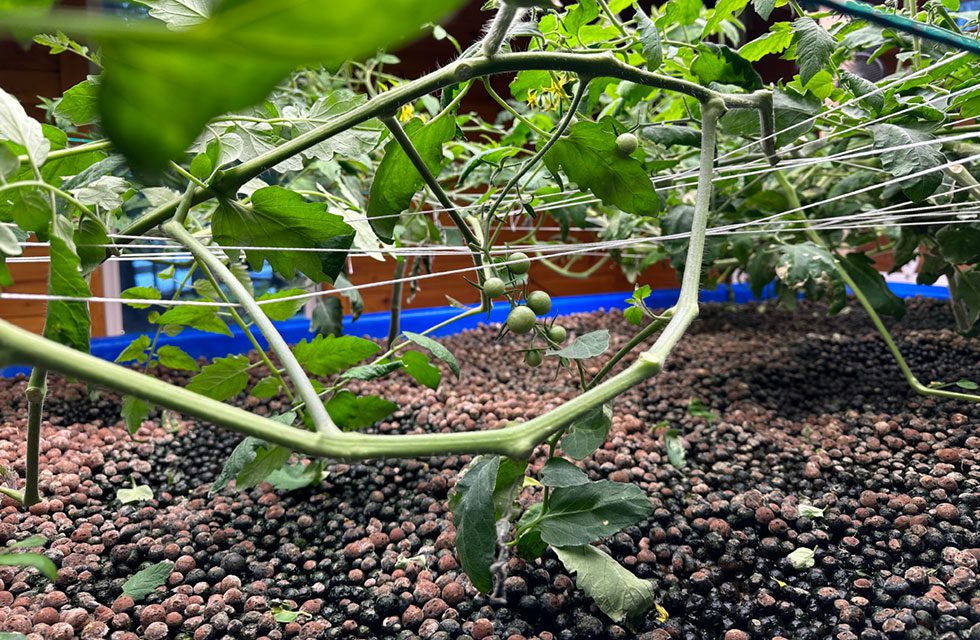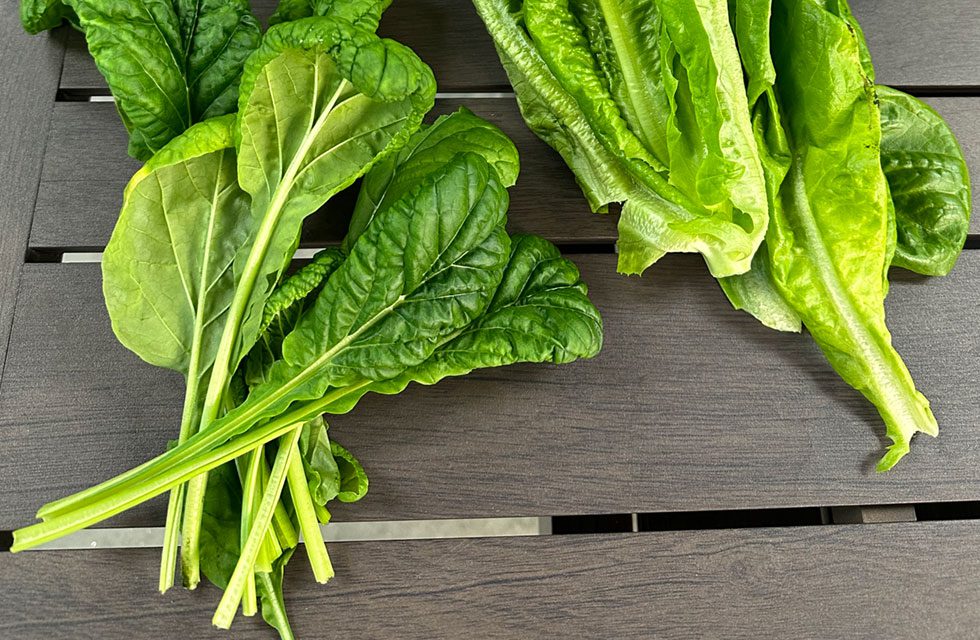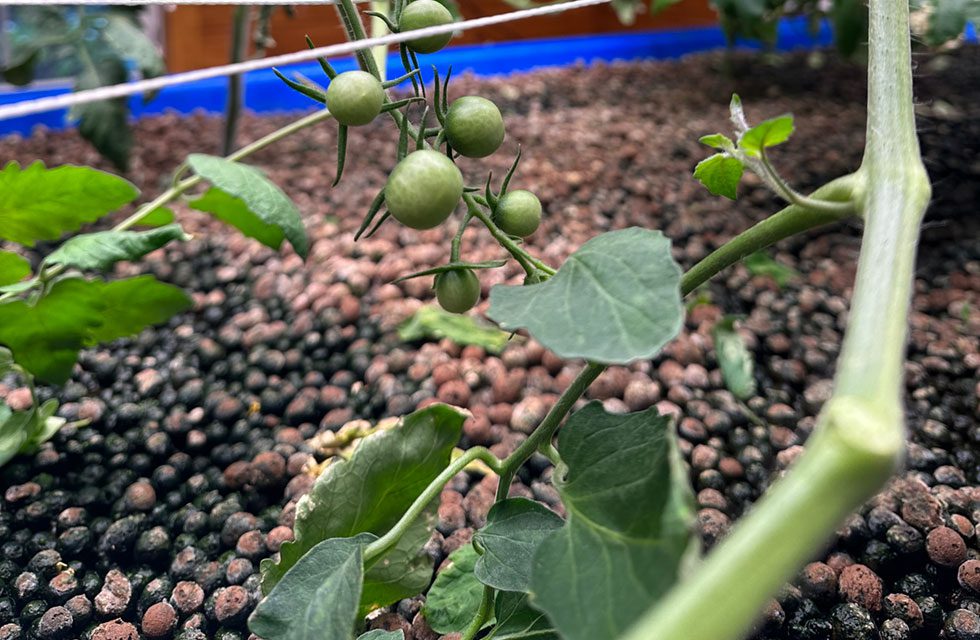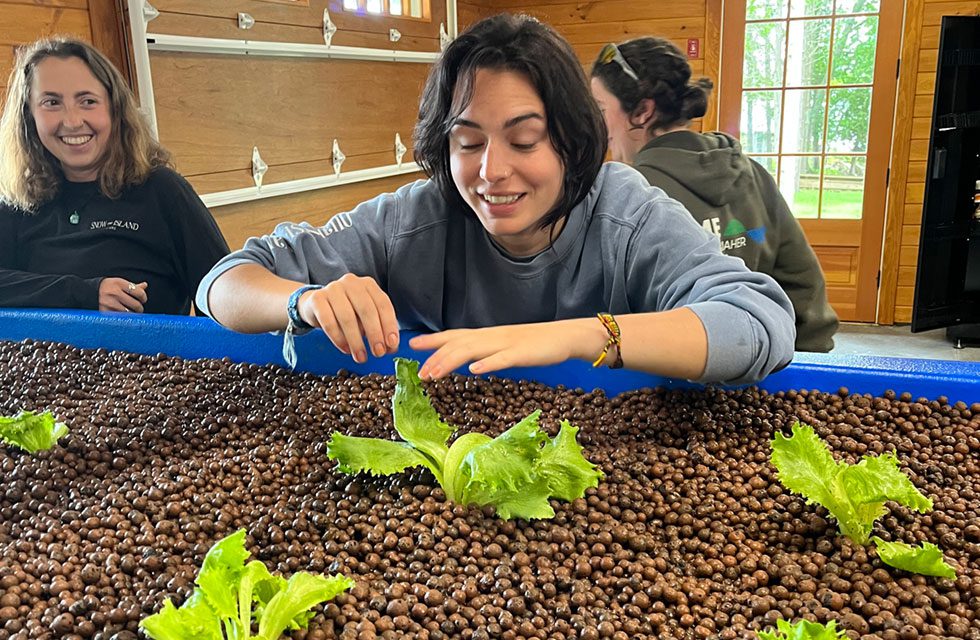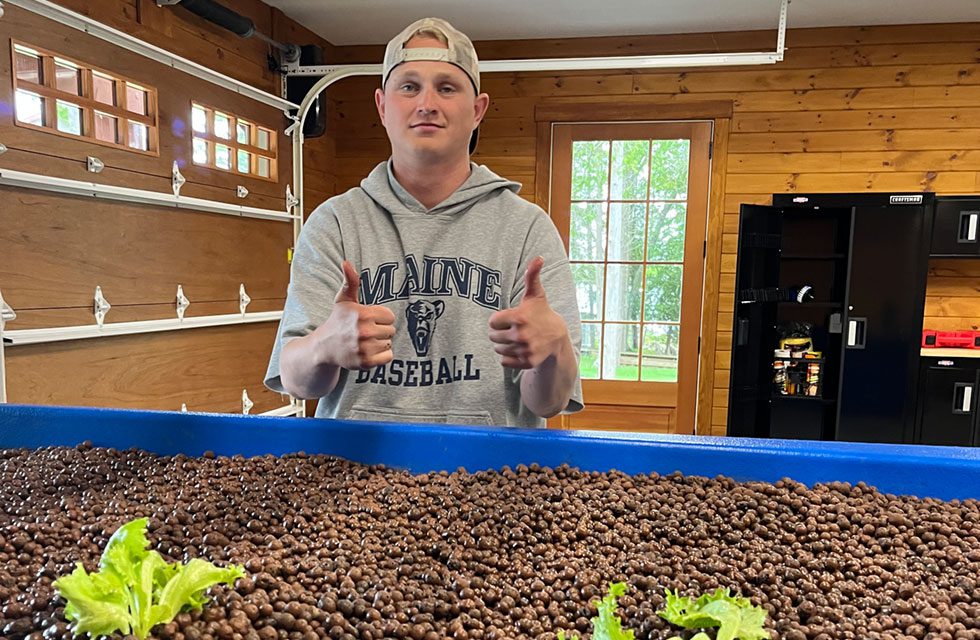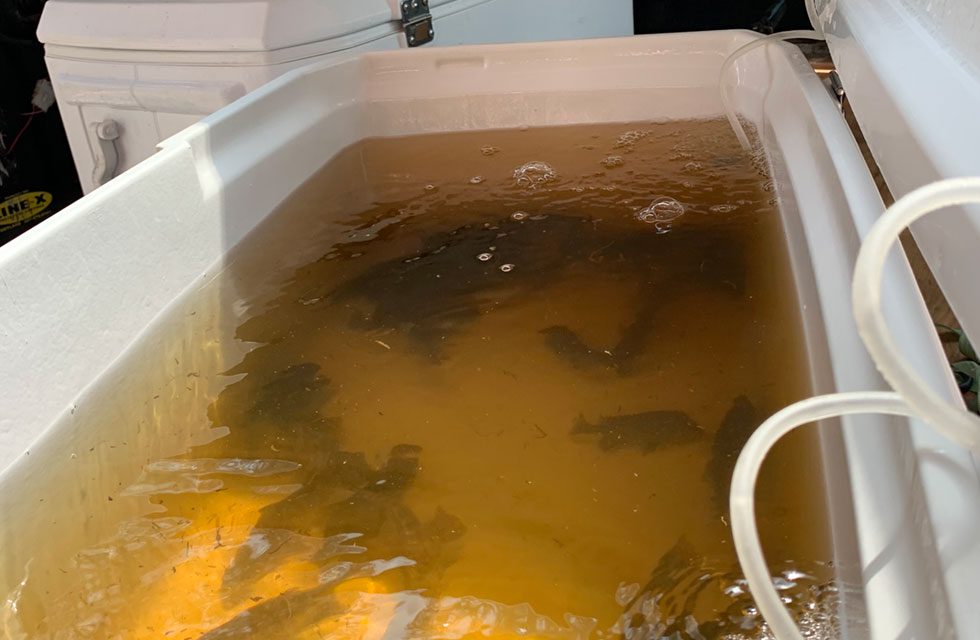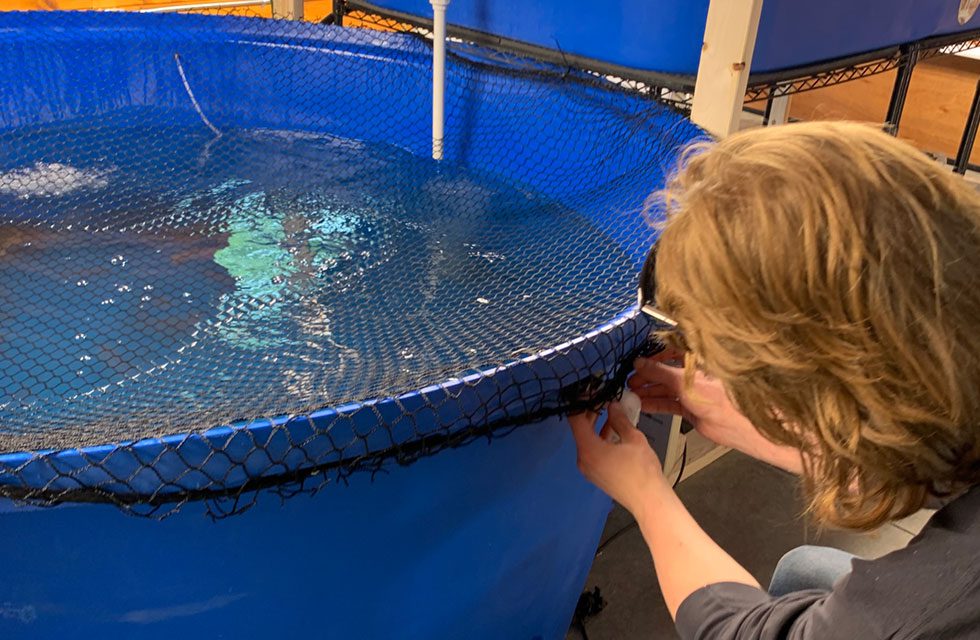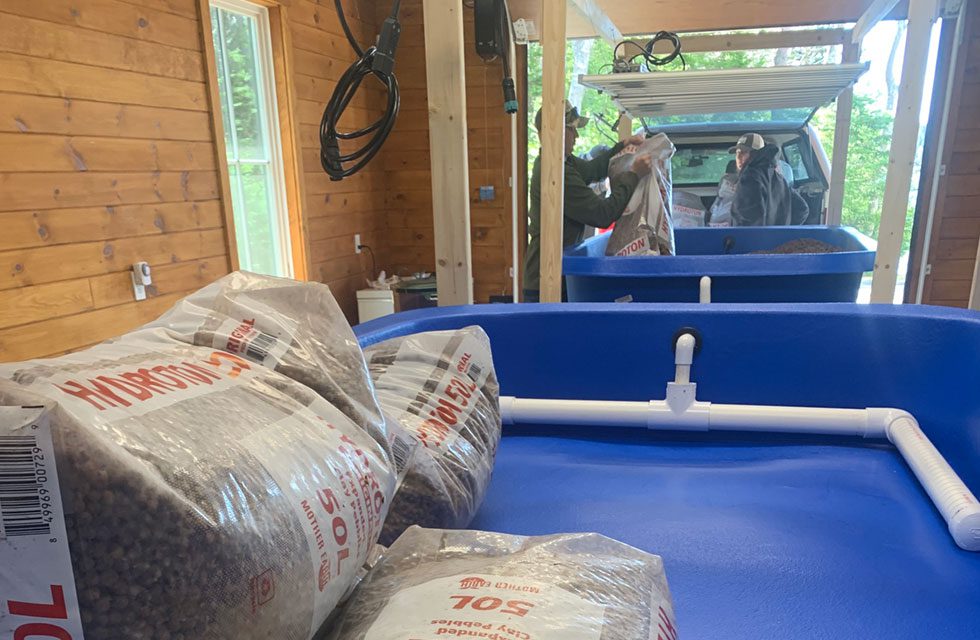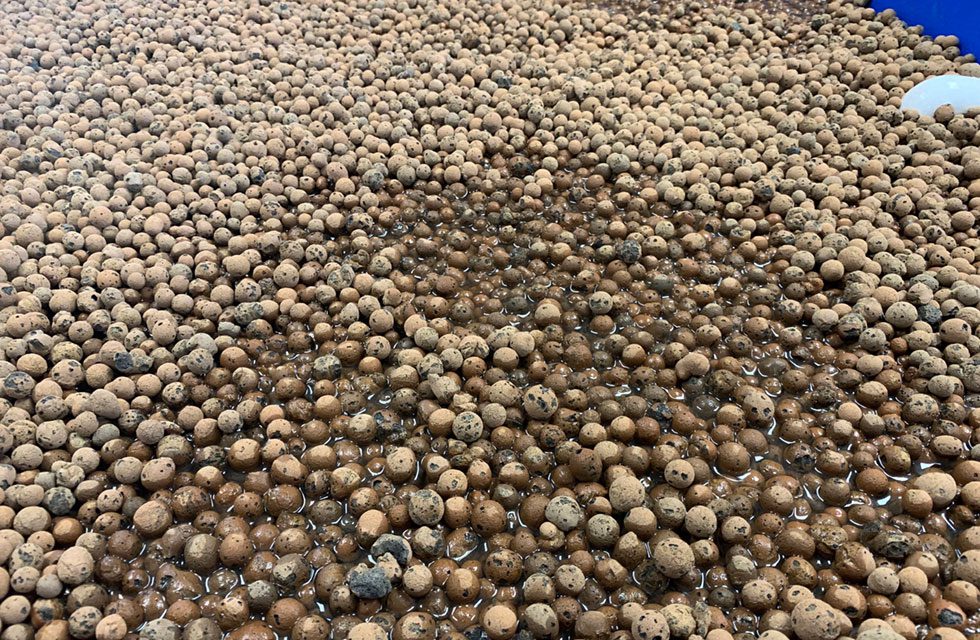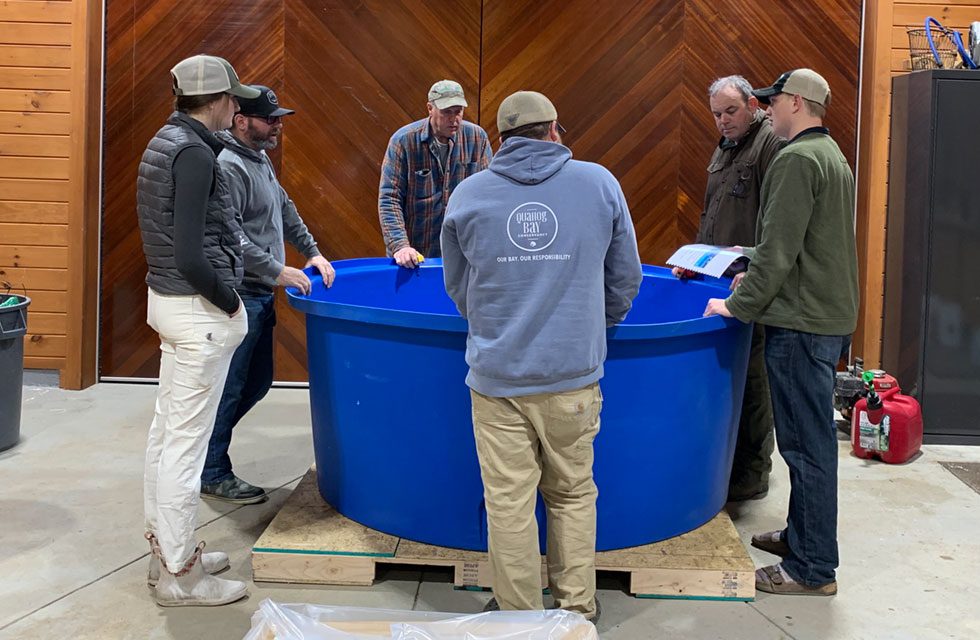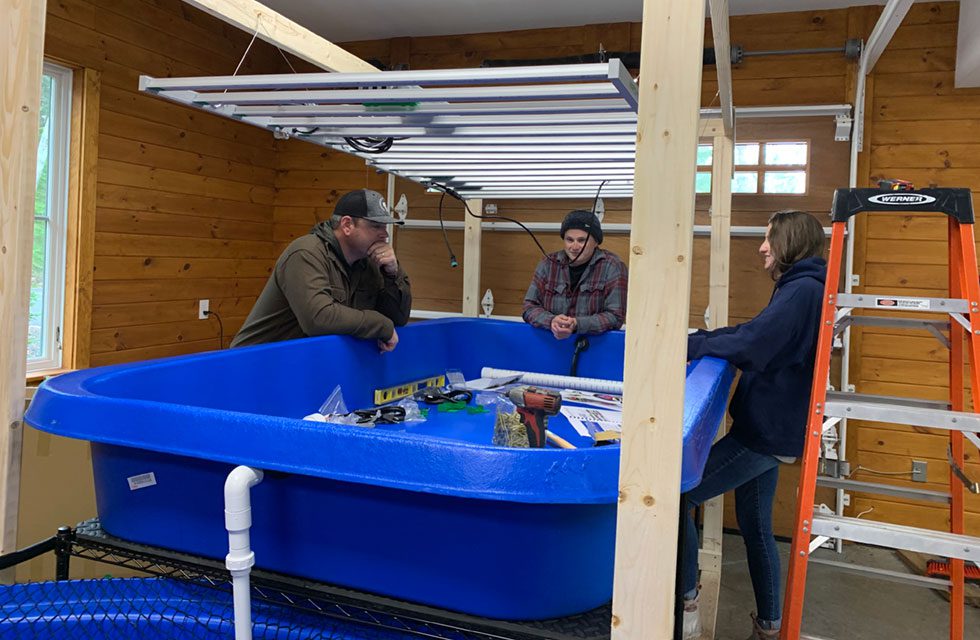Aquaponics
WHAT IS AQUAPONICS?
The Aztec’s in Mexico utilized chinampas as the basis of modern aquaponics. Chinampas were rafts made from reeds and covered with soil to plant vegetable crops on top.
The crops received nutrients from the lake waters where the floating gardens grew.
While eastern Asian’s were also early practitioners farming rice in paddy fields with the help of fish. Modern aquaponics have been attributed to the New Alchemy Institute and North Carolina State University’s Dr. Mark McMurtry. Serious research began taking place in the early seventies with the need to reduce dependence on land, water, and other natural resources.
The use of terrestrial plants to purify and oxygenate water for the fish in the system and the plants benefitted from the nutrient rich water caused by the presence of fish.
Aquaponics is a sustainable food production system that integrates fish farming with plant cultivation, creating a mutually beneficial environment. In this innovative system, fish are raised in tanks, and their waste serves as a nutrient source for plants grown in a connected grow bed. The plants, in turn, filter and clean the water, creating a closed-loop ecosystem.
The grow bed, typically filled with gravel, lava rock, or clay pebbles, is periodically flooded with water pumped into bell with sump pump. This flooding allows plants to access essential nutrients from the fish waste. When the bed fills, the siphon engages, and the water then drains back into the fish tank, completing the cycle. All waste is effectively broken down in the grow bed, contributing to the system’s efficiency.
The nutrient-rich water, containing fish waste, is directed to the grow bed, where naturally occurring beneficial bacteria play a crucial role. These bacteria break down ammonia into nitrites and then into nitrates, converting fish waste into nutrients that the plants absorb. Maintaining a healthy bacterial base is essential for the success of the aquaponic system.
The plants, including leafy greens, lettuce, herbs, tomatoes, peppers, ginger, eggplant, and cucumbers, absorb the nitrates and other nutrients, facilitating their growth and
maturation. The plant roots act as natural filters, cleaning the water before it circulates back into the fish tank. This continuous cycle minimizes the need for synthetic fertilizers and reduces waste.
One notable advantage of aquaponics is the enhanced taste and nutritional value of the produce. Without the use of traditional pesticides, the fruits and vegetables tend to taste better. Additionally, the system allows for the cultivation of various plants, and the absence of fishy flavors in the produce is a notable characteristic.
When establishing an aquaponic system, adequate lighting, whether natural or artificial, is crucial for supporting photosynthesis. To ensure optimal nutrient distribution, it is advisable to start with less nutrient-hungry plants such as leafy greens, lettuce, and herbs. Once the nutrient balance is established, more demanding plants like tomatoes and peppers can be introduced.
In terms of fish selection, aquaponics accommodates a variety of species, including edible ones such as tilapia, carp, catfish, trout, largemouth bass, salmon, yellow perch, bluegill, jade perch, and barramundi. Alternatively, ornamental fish like goldfish, koi, and tetras, as well as other aquatic animals like shrimp, can be integrated into the system. This diversity offers flexibility in designing and customizing aquaponic setups based on specific preferences and goals.
The Nitrogen Cycle
- Overview of the Nitrogen Cycle: In the realm of aquaponics, the nitrogen cycle stands as a crucial mechanism that converts potentially harmful ammonia, generated from fish waste, into less detrimental nitrates. The process unfolds as fish release ammonia into the water, which, in turn, accumulates. Specialized beneficial bacteria, including Nitrosomonas, step in to convert ammonia into nitrites. Subsequently, another category of beneficial bacteria, Nitrobacter, completes the cycle by transforming nitrites into nitrates—nutrients eagerly sought after by plants.
- Significance of Beneficial Bacteria in Waste Conversion: The presence of beneficial bacteria is paramount to the nitrogen cycle’s functionality. These bacteria find a home on the surfaces of grow beds and media, providing an ideal substrate for their proliferation. This microbial activity is indispensable, as it prevents the accumulation of toxic ammonia in fish habitats. Hence, the conversion of ammonia and nitrites into nitrates becomes a linchpin in sustaining healthy aquaponic systems.
Fish and Plant Symbiosis
- Utilizing Fish Waste as a Nutrient Source: Fish, through their natural processes, produce waste containing ammonia, a compound rich in nitrogen. While excessive ammonia levels may pose a threat to fish, this waste becomes a valuable asset in fueling plant growth within the aquaponic environment.
- Plant-Mediated Nutrient Absorption: The journey of water from fish tanks into grow beds or PVC pipes marks a pivotal moment as plants absorb the nitrates through their root systems. These nitrates, comprising essential nutrients like nitrogen and phosphorus, play a key role in fostering robust plant growth and development.
- Regeneration of Purified Water to Fish Tanks: The cycle attains completion as plants, in their uptake of nutrients, experience accelerated growth and concurrently act as natural water filters. Purified water, now devoid of excessive nitrates and other waste, undergoes recirculation back into the fish
tanks. This harmonious loop ensures a closed system, where the interdependence of fish and plants is sustained in a balanced and mutually beneficial manner.
BENEFITS
- Minimal Water Usage, Maximum Yield: Aquaponics stands out by utilizing only 1/6th of the water required in traditional agriculture to yield an astonishing 8 times more food per acre.
- Natural Fertilization: Harnessing the power of nature, aquaponics relies on fish waste as an all-natural fertilizer source, eliminating the need for mined and manufactured fertilizers.
- Resource-Efficient and Productive: A model of efficiency, aquaponics is both sustainable and highly productive, offering a streamlined approach to food cultivation.
- Pesticide and Herbicide-Free Produce: The produce cultivated through aquaponics is inherently free of pesticides and herbicides, ensuring a healthier and more natural end product.
- Fish Without Hormones and Antibiotics: With aquaponics, the fish reared are free from the use of growth hormones and antibiotics, contributing to a cleaner and more sustainable protein source.
- Continuous Food Production: Aquaponics facilitates a continuous production cycle, allowing for a steady supply of both vegetables and protein-rich fish.
- Integrated Sustainability: This integrated system not only boosts productivity but is also inherently sustainable and earth-friendly, aligning with eco-conscious practices.
- Disease-Free Environment: The absence of soil in aquaponics eliminates the risk of soil-borne diseases, providing a cleaner and healthier environment for plant and fish cultivation.
- Year-Round Growth with Controlled Environment Agriculture: When coupled with Controlled Environment Agriculture, aquaponics enables year-round cultivation in any climate, offering a consistent and reliable food supply.
- No Weeding Necessary: The streamlined nature of aquaponics means no weeding is required, reducing labor and maintenance efforts.
- Location Flexibility: Aquaponics offers the flexibility to set up and grow in various locations, providing adaptability to different geographical and climatic conditions.
TERMINOLOGY
- Acclimate – To adapt to a new temperature, climate, situation, or environment.
- Acidic – Having a pH of lesser than 7
- Aeration – Use to continuously decreed the risk of oxygen depletion. It also brings water and air into close contact to remove dissolved gasses and oxidize dissolved metals and harmful chemicals.
- Alkaline – Having pH above 7
- Ammonia – Ammonia is a compound with the chemical formula NH3. In aquaponics, it is produced by fish. Ammonia is toxic to fish and plants at high levels, but it is an important chemical that gives plants the nutrients they need to grow and thrive.
- Auto siphon – Mechanism used to control the grow bed’s flood and drain cycle.
- Aquaponics – The cultivation of fish and plants in a recirculating environment. It utilized the beneficial bacteria to convert fish waste into plant nutrients.
- Bacteria – Responsible for converting fish waste into nutrients for the plants to absorb.
- Bell siphon – A bell siphon is a device used in media based aquaponics systems to automate the water flow without needing electrical power.
- Biofilter – A place for the bacteria to colonize, the surface area of your aquaponics system. It is an essential part of your aquaponics system because it ensures your plants can access the nitrates they need to grow while cleaning the water for the fish. The bacteria will attach to the surface of your biofilter media.
- Buffer – Additive used to resist changes in pH when a small amount of acid and alkali are added.
- Calcium Carbonate – Used to buffer pH. Naturally found in chalk, limestones, and marble.
- Chloramine – A combination of ammonia and chlorine, usually used as a water disinfectant and water treatment.
- Chlorine – A powerful bleaching and disinfecting agent. Usually used in drinking water supplies.
- Cycled – When an aquaponics system has established the populations of beneficial bacteria.
- Dissolved Oxygen – A measure of oxygen dissolved in a given media.
- Hydroton Expanded Clay – Grow media that is fired into a kiln that expands into porous clay balls.
- Flood and drain – The flooding and draining of fish water in a grow bed filled with media.
- Fingerling – A young fish that is about the size of a finger.
- Fish tank – A food-grade container in which the water and fish are kept.
- Floating Raft – A planting medium that floats over water channels, and the plants are grown on top of the raft with their roots dangling in the nutrient-rich water below.
- Flow Rate – How much water a pump puts out per minute, specified in gallons per hour (GPH) or gallons per minute (GPM), or the flow rate in a pipe. Fry – A young or tiny fish
- Grow bed – Grow bed is a suitable container filled with growing media such as gravel, Grow Media, or lava rock and where the plants mature in the aquaponics system.
- Grow light – Grow light, also called “plant light,” is an artificial source of light designed to stimulate plant growth by emitting light suitable for photosynthesis.
- Grow Media – Grow media is a soil replacement used in aquaponics gardening. Examples of grow media are clay pebbles (LECA), lava rocks, expanded shale, and gravel.
- Nitrogen Cycle – Is a process in which nitrogen is converted into various chemical forms. In aquaponics, the nitrogen cycle begins when fish feed is added to the system. The fish feed is rich in protein which the nitrogen cycle will break down into nitrogen. When the fish eat the rich protein fish feed, the microbes will absorb about 25% to 30% of the nitrogen and convert it into fish biomass. The fish will excrete the rest of the nitrogen as ammonia which the bacteria will convert into nutrients.
- Nitrate – A plant nutrient used to fertilize the grow bed. It is created by the nitrification process and is formed when the Nitrobacter converts nitrite into nitrate.
- Nitrite – A nitrogen-bearing chemical compound that is the source of food for the Nitrobacter and a product of Nitrosomonas.
- Nitrobacter – Bacteria that convert nitrites into nitrates play an essential role in the nitrogen cycle by oxidizing nitrite into nitrate in soil and aquaponics systems.
- Nitrosomonas – A rod-shaped chemoautotrophic bacteria that convert ammonia into nitrites. They make nitrogen more available to the plants by naturally processing the fish waste.
- Oxygenation – The addition of oxygen to a system
- pH – Power of hydrogen.pH is a measurement of how acidic or basic a water-based solution is on a scale ranging from 1 to 14. Pure water has a pH of 7-neural; if the level measures below 7, it indicates acidity, while if it measures above 7, it is basic. The term pH is defined as the amount of hydrogen ions (H+) in a solution.
- PPM – Parts per million.
- PPT – Parts per thousand.
- Recirculating System – A system in which the water is never diverted from the system but is recycled, recaptured, and then reused again.
- System Cycling – Cycling is the process of establishing a healthy bacteria. colony within the system.
